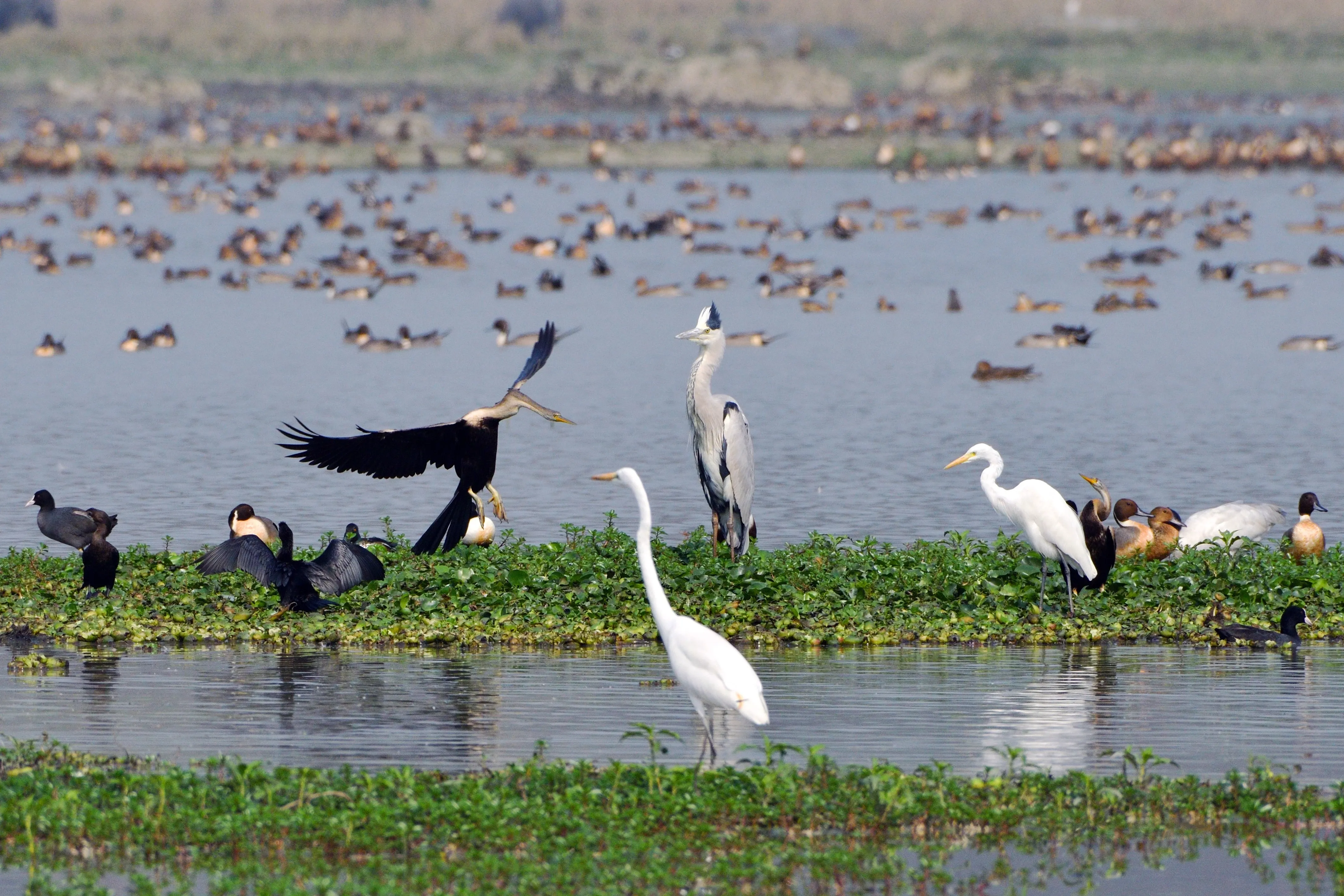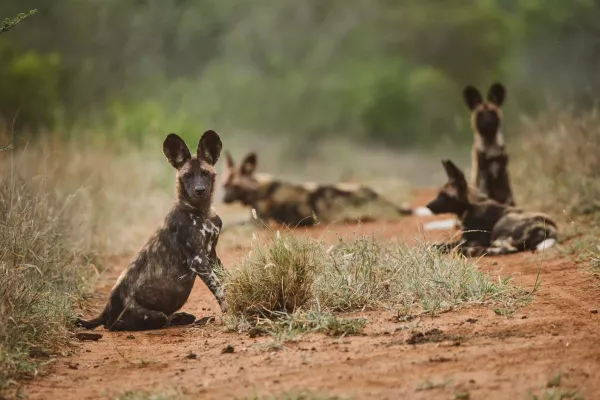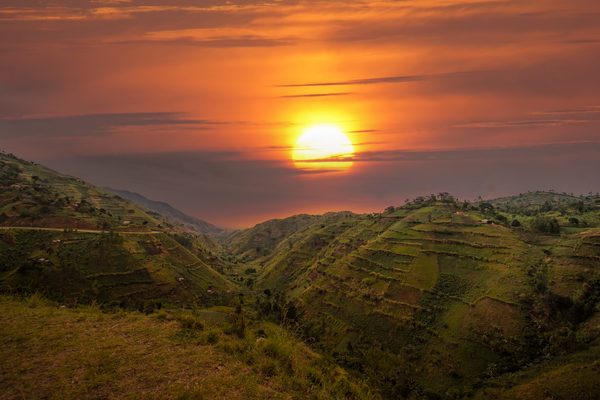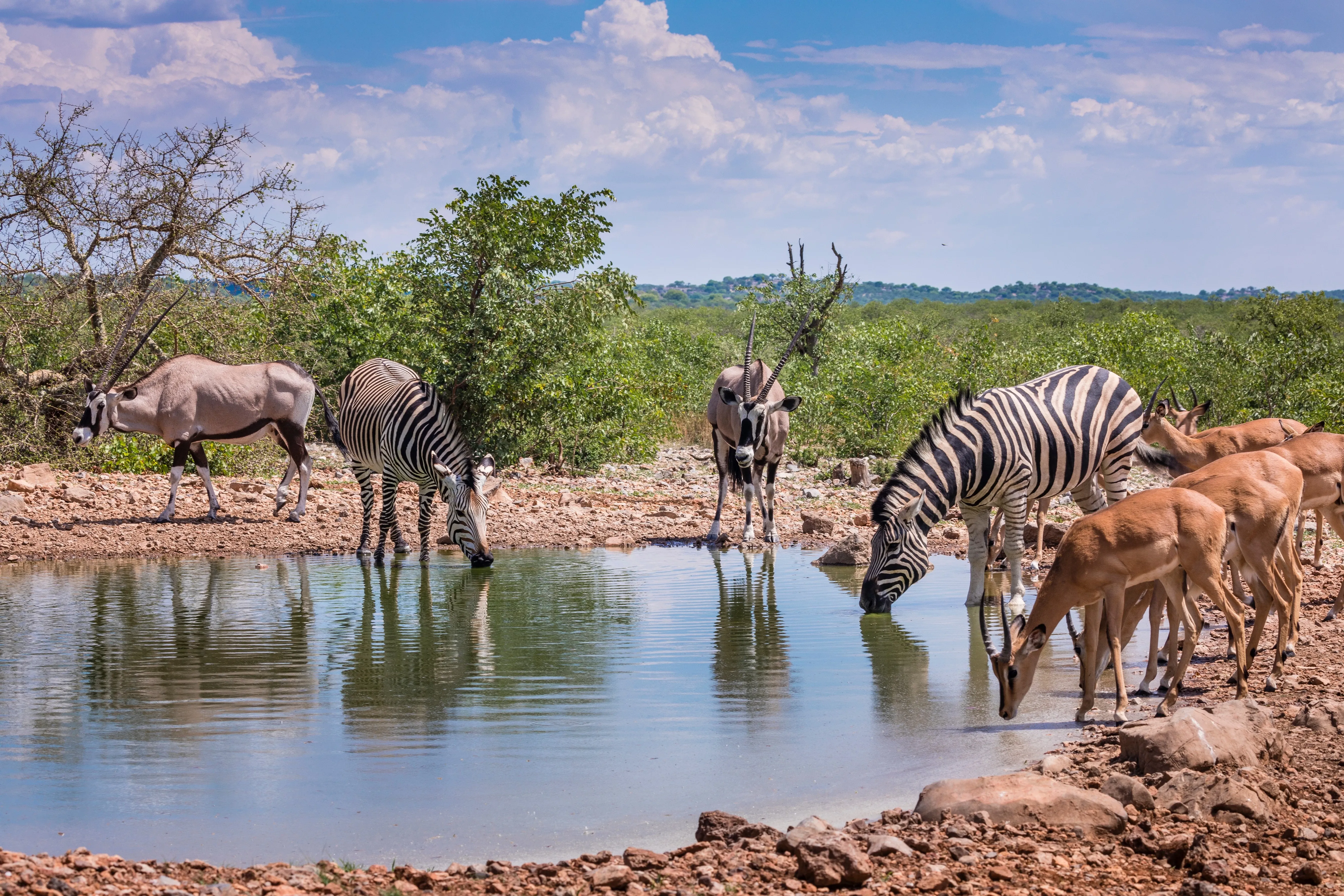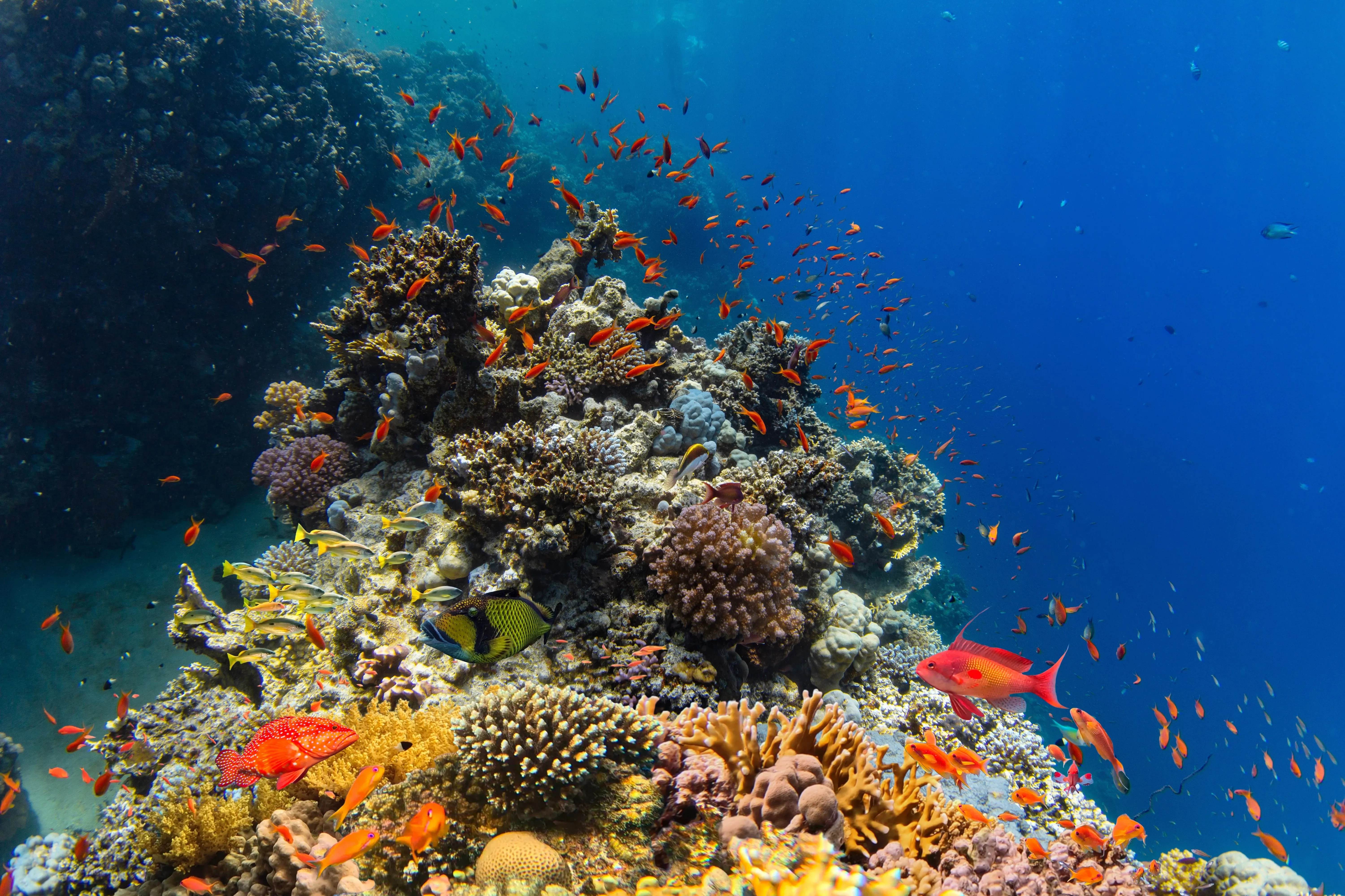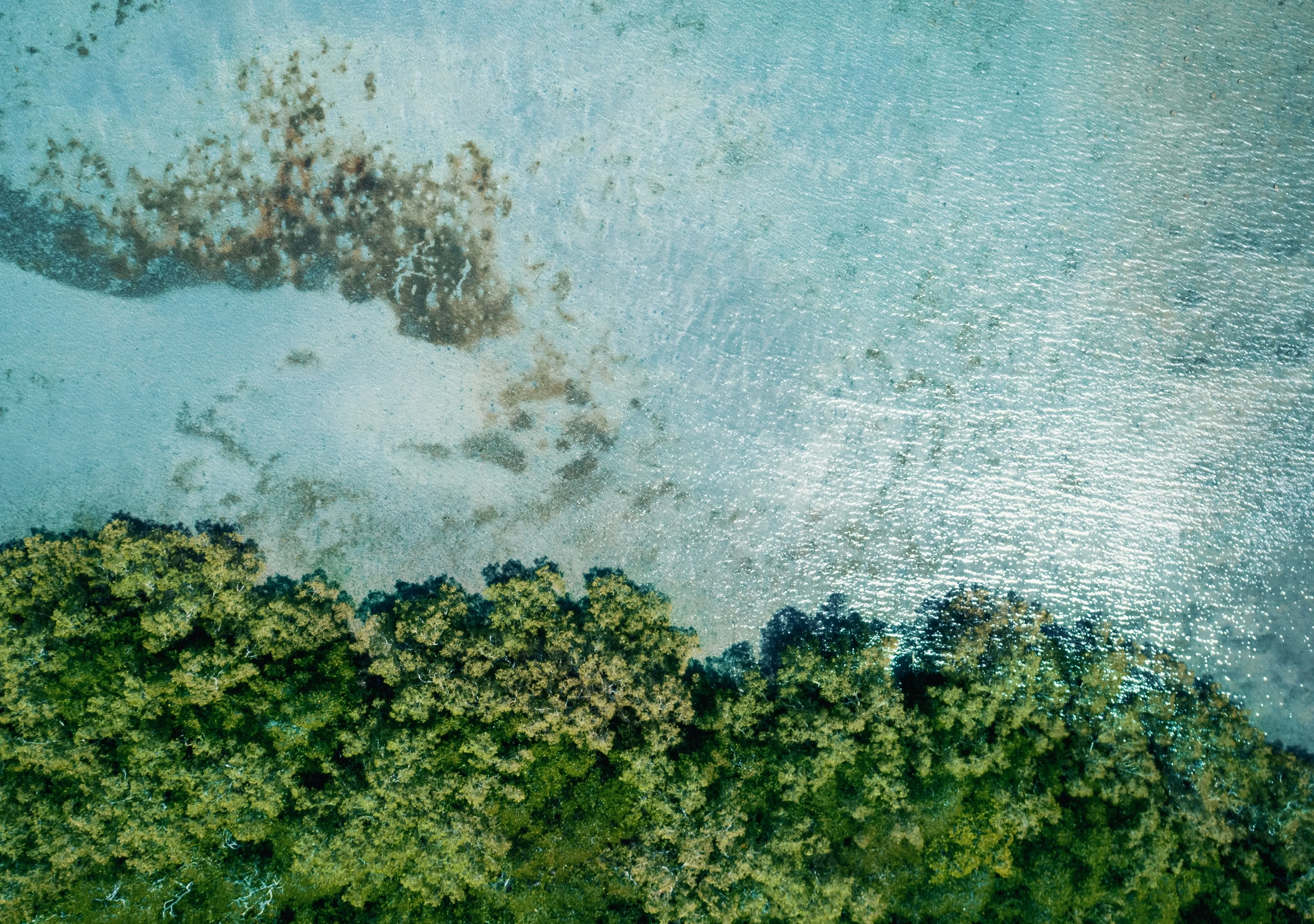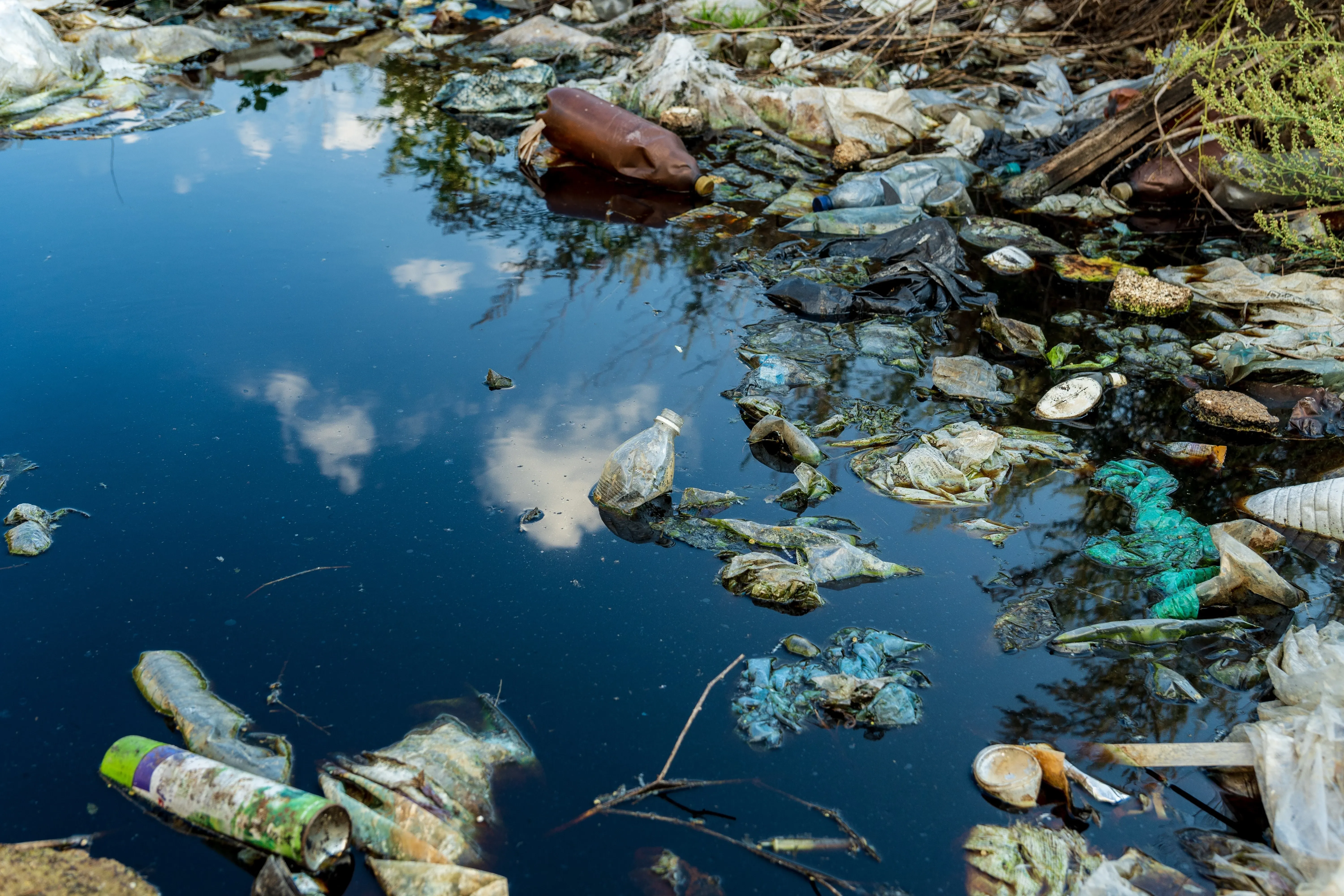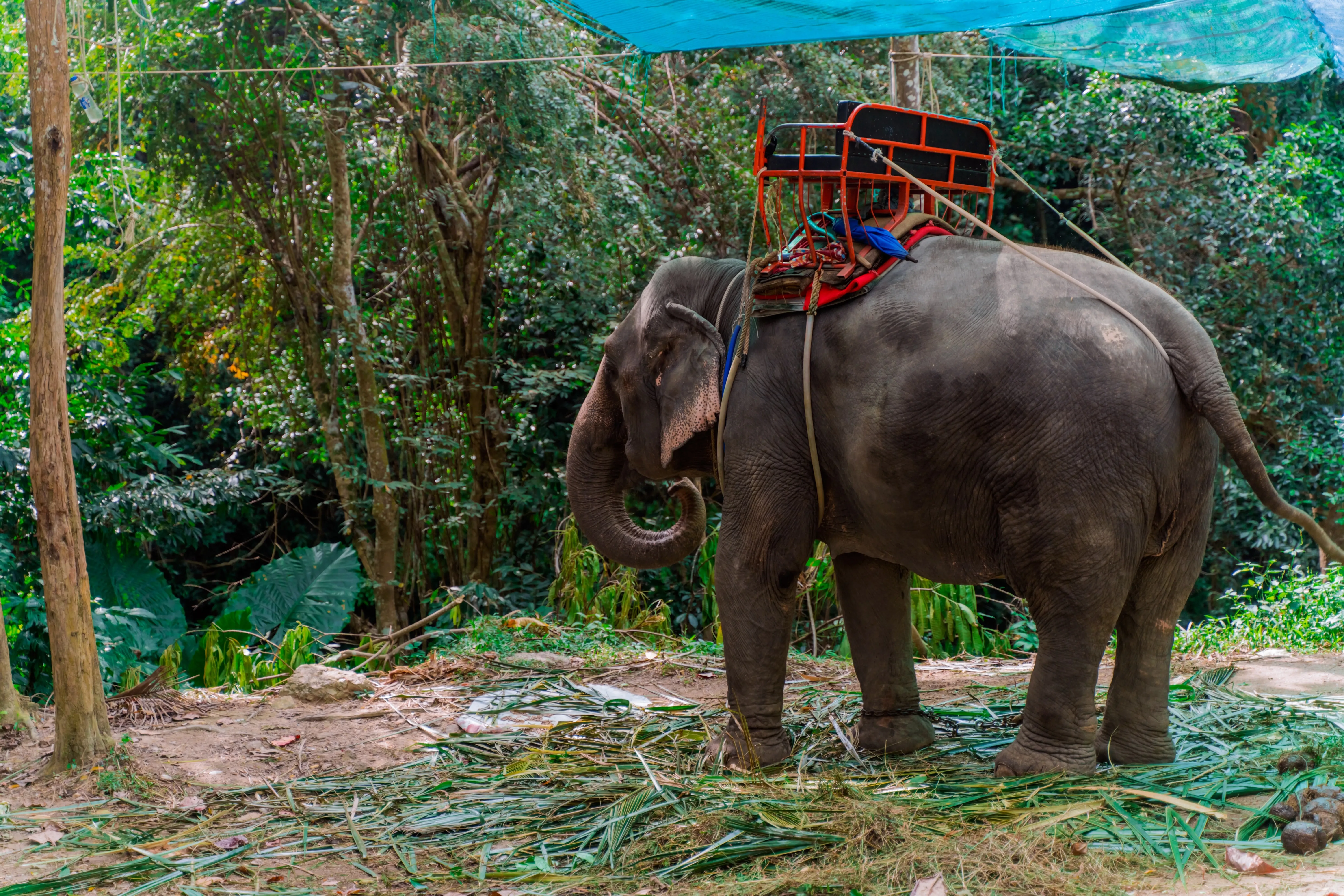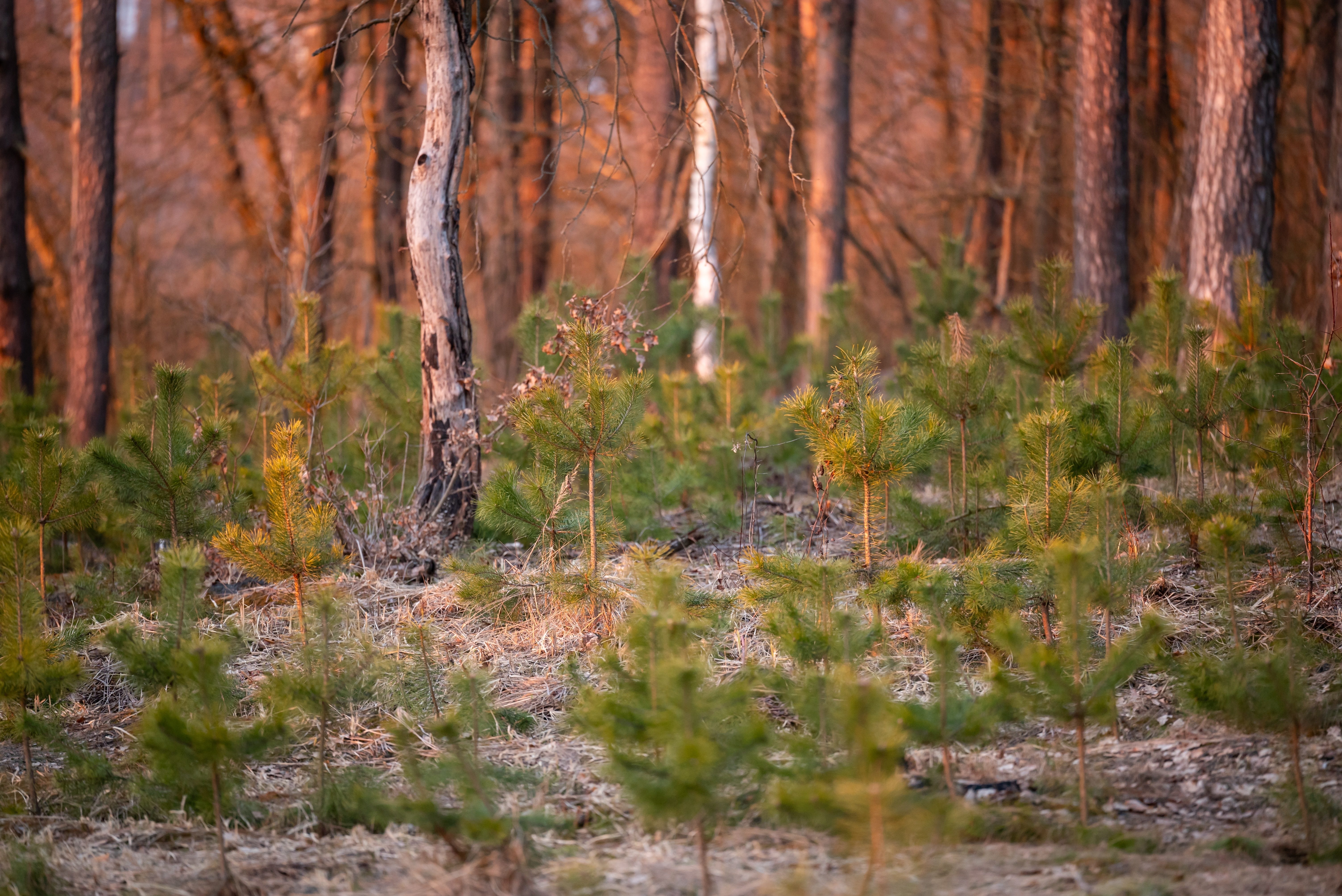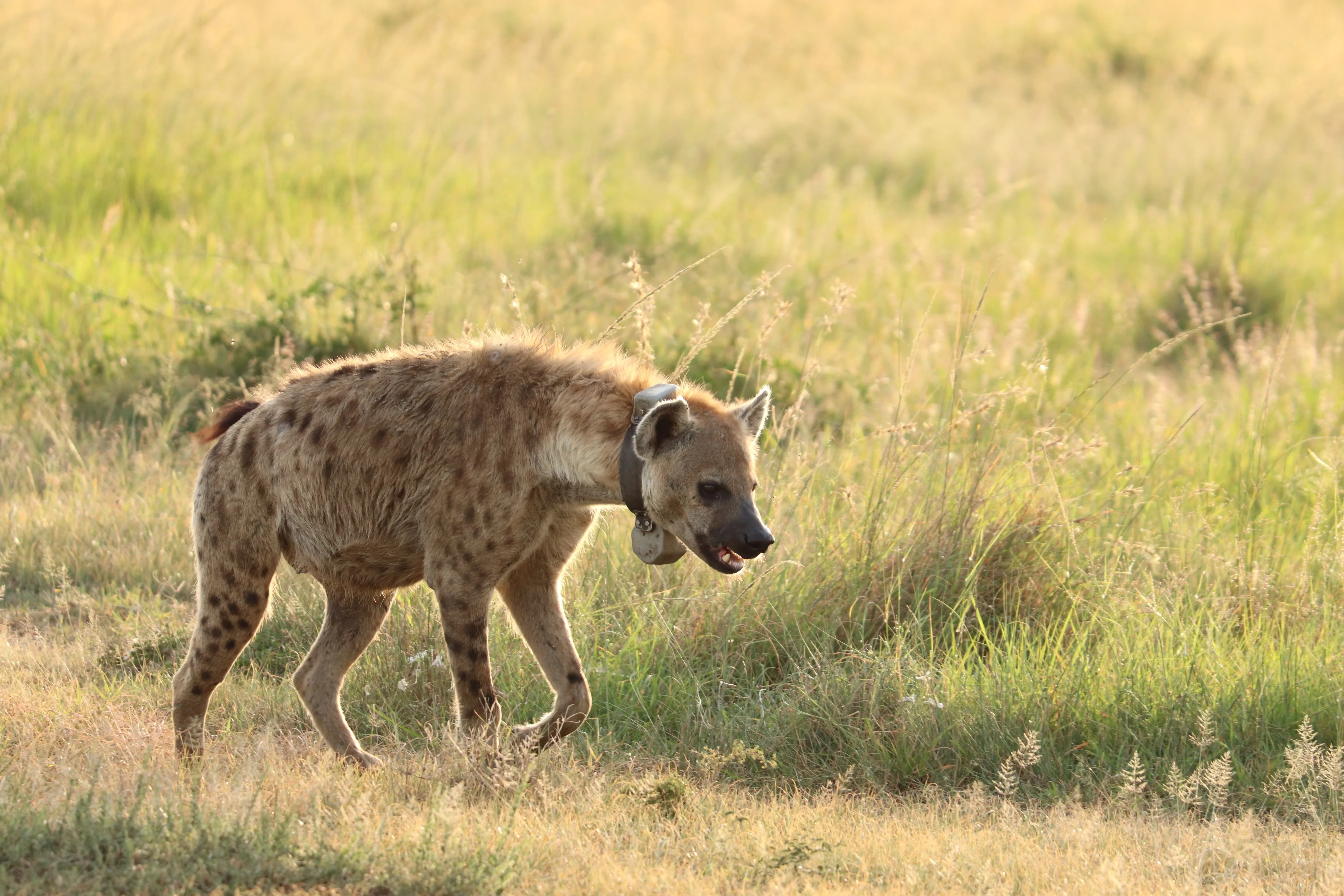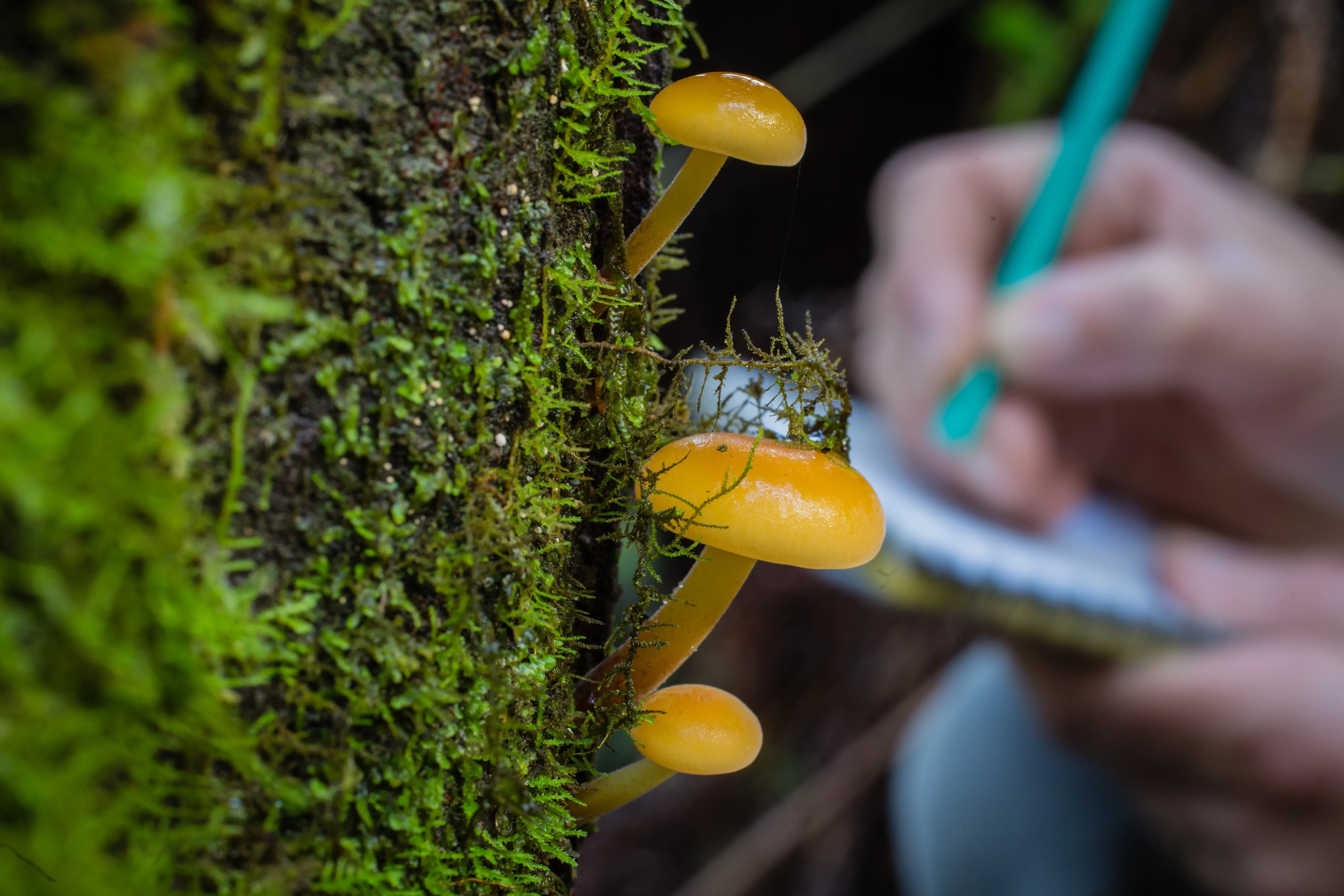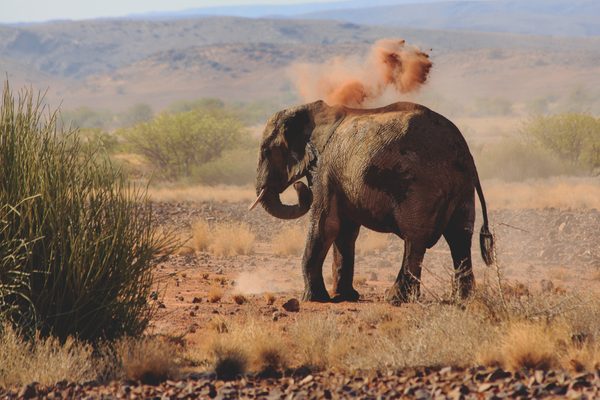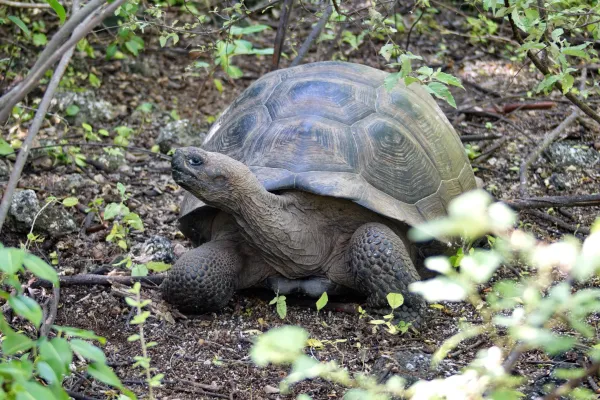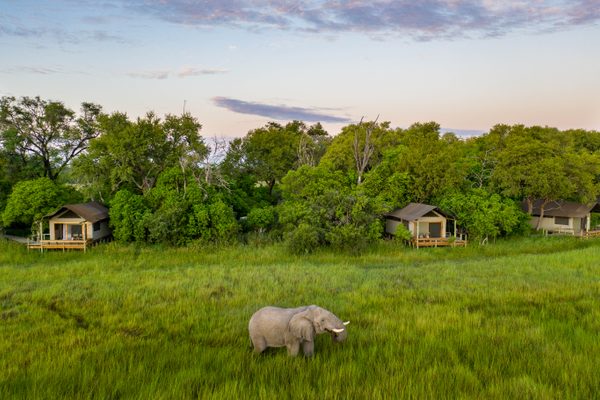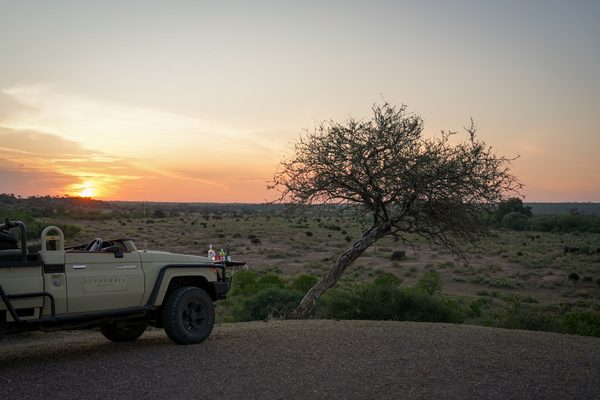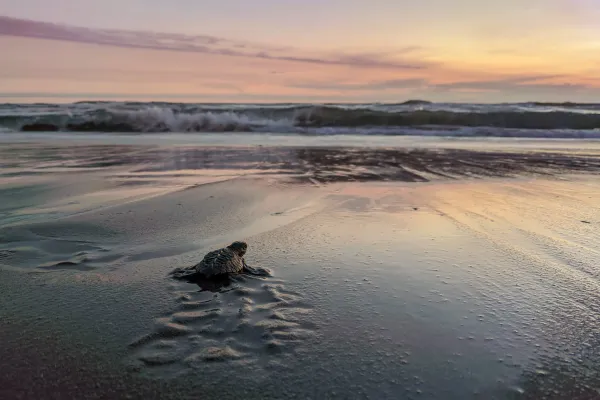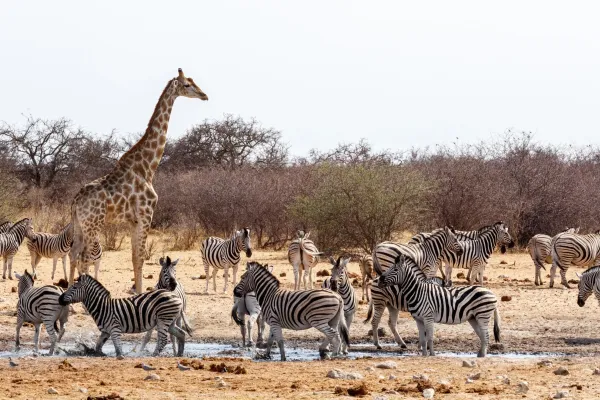Projects to support biodiversity
Biodiversity refers to the incredible variety of life forms on Earth, from the smallest microorganisms to the largest mammals. It encompasses not only the vast array of species but also the genetic diversity within those species and the complex ecosystems they create.
This diversity is crucial for ecosystem stability, resilience, and adaptability, providing essential services such as clean air, water, and fertile soil. It also underpins human well-being by offering resources for food, medicine, and economic activities.
Preserving biodiversity is vital for maintaining the ecological balance of natural systems and ensuring a sustainable future for all life on our planet.
The question is: What exactly is biodiversity, and how can we as humans contribute to its preservation?

The meaning of biodiversity
Biodiversity, short for biological diversity, represents the astonishing variety of life on Earth, including the diversity of species, genetic variations within species, and the different ecosystems in which they live. It spans the microscopic world of bacteria and fungi, through plants and insects, up to large mammals, and complex marine environments.
The richness of biodiversity is fundamental to ecosystem health and stability. Diverse ecosystems, such as rainforests, coral reefs, and wetlands, are more resilient to disturbances like diseases, climate change, and natural disasters. This resilience ensures that ecosystems can continue to provide vital services such as clean air and water, pollination of crops, and regulation of climate.
Moreover, biodiversity supports human societies in countless ways. It is the foundation for agriculture, offering a wide range of crops and livestock that contribute to food security. Many medicines are derived from plants and animals, highlighting the importance of preserving diverse species for future medical discoveries. Economically, biodiversity fuels industries like tourism and fishing, which rely on healthy, diverse environments.
Protecting biodiversity is essential for sustaining the intricate web of life on our planet. Conservation efforts, such as protecting natural habitats, reducing pollution, and addressing the impact of climate change, are crucial for ensuring that future generations inherit a world rich in natural wonders. In essence, safeguarding biodiversity is not just about preserving individual species but about maintaining the intricate balance of life that supports the health and well-being of the entire planet.
The two components of biodiversity
To gain a deeper understanding of biodiversity, one should examine its two fundamental components: the various environments and the intricate tapestry of species that inhabit them.
1. Different environments and ecosystems
The rich variety of life spans across a wide range of environments and ecosystems on Earth. This diversity includes an array of natural settings such as lush rainforests, vibrant coral reefs, expansive grasslands, intricate wetlands, arid deserts, and majestic mountain ranges. Each of these ecosystems is characterized by its own unique set of conditions, including climate, soil composition, water availability, and light levels, which together create specialized habitats for various forms of life.
Rainforests, for example, are known for their high levels of rainfall and dense canopy, fostering a remarkably diverse array of species, from countless insect varieties to exotic birds and mammals.
Coral reefs, on the other hand, thrive in warm, shallow marine waters and support a complex web of life, including colourful fish, marine invertebrates, and algae.
Grasslands, with their vast open spaces and seasonal changes, provide critical habitats for large herbivores and their predators.
Wetlands, such as marshes and swamps, are crucial for their role in water filtration and providing breeding grounds for many species.
Deserts, though harsh and dry, are home to specially adapted plants and animals that have evolved to survive extreme conditions.
The health and stability of these ecosystems are vital as they play numerous essential roles. They help regulate the Earth's climate by absorbing and storing carbon dioxide, purify water through natural filtration processes, and recycle nutrients to maintain soil fertility. The interconnectedness of these ecosystems means that the well-being of one can directly impact others, illustrating the intricate balance that sustains life on Earth.

2. Fauna and Flora
Within these diverse environments, biodiversity also encompasses the myriad forms of living organisms, which are categorized into two main groups: fauna and flora. Fauna refers to the vast range of animal life, from microscopic insects to the largest mammals such as the elephants or blue whales.
This group includes not only animals such as birds, reptiles, and amphibians but also invertebrates like spiders and worms. Each animal species plays specific roles within its ecosystem, contributing to ecological processes such as pollination, seed dispersal, and nutrient cycling.
Flora includes all plant life, spanning from tiny mosses and ferns to towering trees. Plants are fundamental to life on Earth as they produce oxygen through photosynthesis, which is essential for the survival of most organisms. They form the base of food chains, supporting herbivores, which in turn sustain carnivores. Plants contribute to the circle of life and the stability of ecosystems by preventing soil erosion, maintaining water cycles, and providing habitat and food for various animal species.
The genetic diversity within both fauna and flora is crucial for their survival and adaptability. This diversity enables species to cope with environmental changes, such as shifts in climate, disease outbreaks, and habitat destruction. A genetically diverse population is more resilient and capable of evolving over time to meet new challenges, ensuring the continued health and stability of ecosystems. Thus, the richness of life forms in different environments is integral to maintaining the ecological balance and overall health of our planet.
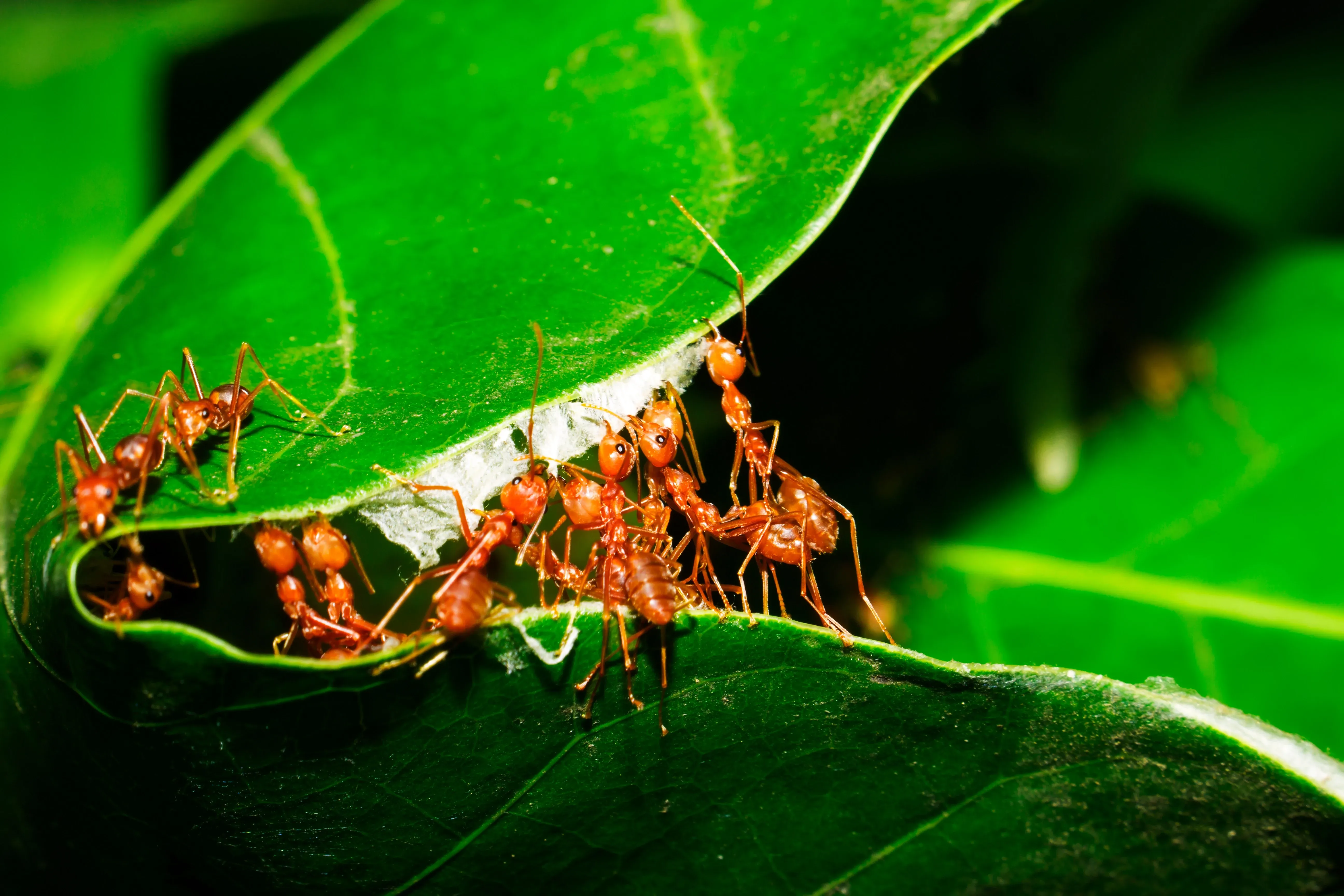
Benefits of biodiversity
Knowing more about the two compounds of biodiversity it is also essential to know about the benefits which are vital for both ecosystems and human well-being.
One of the primary advantages is the increased stability and resilience of ecosystems. Diverse ecosystems can better withstand and recover from disturbances like climate change, natural disasters, and diseases due to the variety of species and genetic diversity they contain. This diversity supports crucial ecosystem services.
For instance, animals such as bees and butterflies are key for pollinating plants, which is vital for producing fruits, vegetables, and nuts. Ecosystems like wetlands and forests purify water by filtering out pollutants, while forests and oceans help regulate the Earth's climate by storing carbon dioxide. Additionally, diverse plant life and soil organisms play a significant role in maintaining soil fertility and nutrient cycling, which are crucial for agriculture.
Biodiversity also contributes to food security by offering a range of crops, livestock, and fish species, ensuring resilience against pests, diseases, and environmental changes. Moreover, many medicines are derived from plants, animals, and microorganisms, highlighting the importance of biodiversity in medical research and drug development.
Economically, biodiversity supports industries such as agriculture, fishing, tourism, and forestry, contributing to economic stability and growth. It also provides recreational opportunities that enhance quality of life. Beyond these practical benefits, biodiversity holds cultural and aesthetic value, enriching human experiences and connections with nature.
Challenges of the world’s biodiversity
With everything that is delicate the world’s biodiversity is declining. There are multiple threats and challenges due to a combination of human activities and environmental changes. Key factors contributing to this decline include:
- Habitat loss and fragmentation: Deforestation, urbanization, and agricultural expansion lead to the destruction and fragmentation of natural habitats. When large areas of habitat are broken into smaller, isolated patches, it disrupts ecosystems and reduces the space available for wildlife, leading to a loss of species.
- Climate change: Changes in global temperatures, weather patterns, and sea levels affect ecosystems and species distributions. Many organisms struggle to adapt to rapidly changing conditions, which can lead to shifts in habitat ranges, altered food sources, and increased extinction rates. Extreme weather events like wildfires and flooding further exacerbate these issues. Wildfires, intensified by higher temperatures and droughts, can devastate habitats, while flooding from heavy rains and rising sea levels can inundate environments, disrupting breeding and reducing resources
- Pollution: Air, water, and soil pollution from industrial activities, agricultural runoff, and waste can degrade natural habitats and harm wildlife. For example, chemicals and plastics can poison organisms and disrupt reproductive systems, while excess nutrients from fertilizers can lead to harmful algal blooms in aquatic ecosystems.
- Overexploitation: Overharvesting of resources, such as overfishing, logging, and hunting, depletes populations of plants and animals faster than they can replenish. This can lead to declines in species numbers and disrupt ecosystem balance.
- Invasive species: The introduction of non-native species to new environments, whether accidentally or intentionally, can outcompete or prey on native species. Invasive species often lack natural predators in their new environments, allowing them to spread rapidly and disrupt local ecosystems.
- Agricultural expansion: The conversion of natural landscapes into agricultural land often involves the use of pesticides, monocultures, and irrigation, which can degrade soil quality, reduce plant diversity, and disrupt local wildlife.
- Climate change: The impacts of climate change, including altered temperature and precipitation patterns, can shift ecosystems and affect species survival. For instance, polar species may face habitat loss as ice melts, while tropical species might struggle with increasing temperatures and changing rainfall patterns.
These factors weave a complex web of threats that jeopardize the survival of many species and the health of ecosystems, contributing to a global decline in biodiversity. The term "biodiversity loss" has become a frequent headline, highlighting a pressing issue that demands urgent action. It is crucial that we respond more swiftly and decisively than ever before.

Tourism effecting biodiversity
Besides the above mentioning challenges tourism is another one. Tourism can have both positive and negative effects on biodiversity, depending on how it is managed and practiced. It has the potential to support conservation and raise environmental awareness, it also poses risks to biodiversity through habitat disturbance, pollution, and wildlife stress.
Balancing tourism with sustainable practices is crucial to minimizing negative impacts and maximizing benefits for both biodiversity and local communities. Here’s a breakdown of the potential impacts:
Positive effects
- Conservation funding: Ecotourism and nature-based tourism often generate funds that can be used for conservation efforts. Entrance fees, donations, and tourism-related revenues support protected areas, wildlife reserves, and habitat restoration projects.
- Environmental awareness: Tourism can raise awareness about the importance of biodiversity and conservation. Educational programs and guided tours can inform visitors about local ecosystems and species, fostering a greater appreciation and understanding of nature. Mindful and responsible travel is increasingly appealing to conscious explorers.
- Incentives for preservation: In regions where tourism provides a significant economic benefit, there can be a strong incentive to preserve natural habitats and wildlife. This can lead to more effective protection of endangered species and sensitive environments. Many tour operators and accommodations have found ways to involve tourists in biodiversity conservation by offering activities such as habitat restorations by planting trees, beach clean up, harvesting ingredients from hotel gardens, or participating in citizen science projects to collect data during their tours.
- Community involvement: Tourism can engage local communities in conservation efforts. When communities benefit from tourism, they are often more invested in protecting natural resources and biodiversity. This includes purchasing local products and supporting the community to combat illegal activities like poaching, wildlife trafficking, and logging.
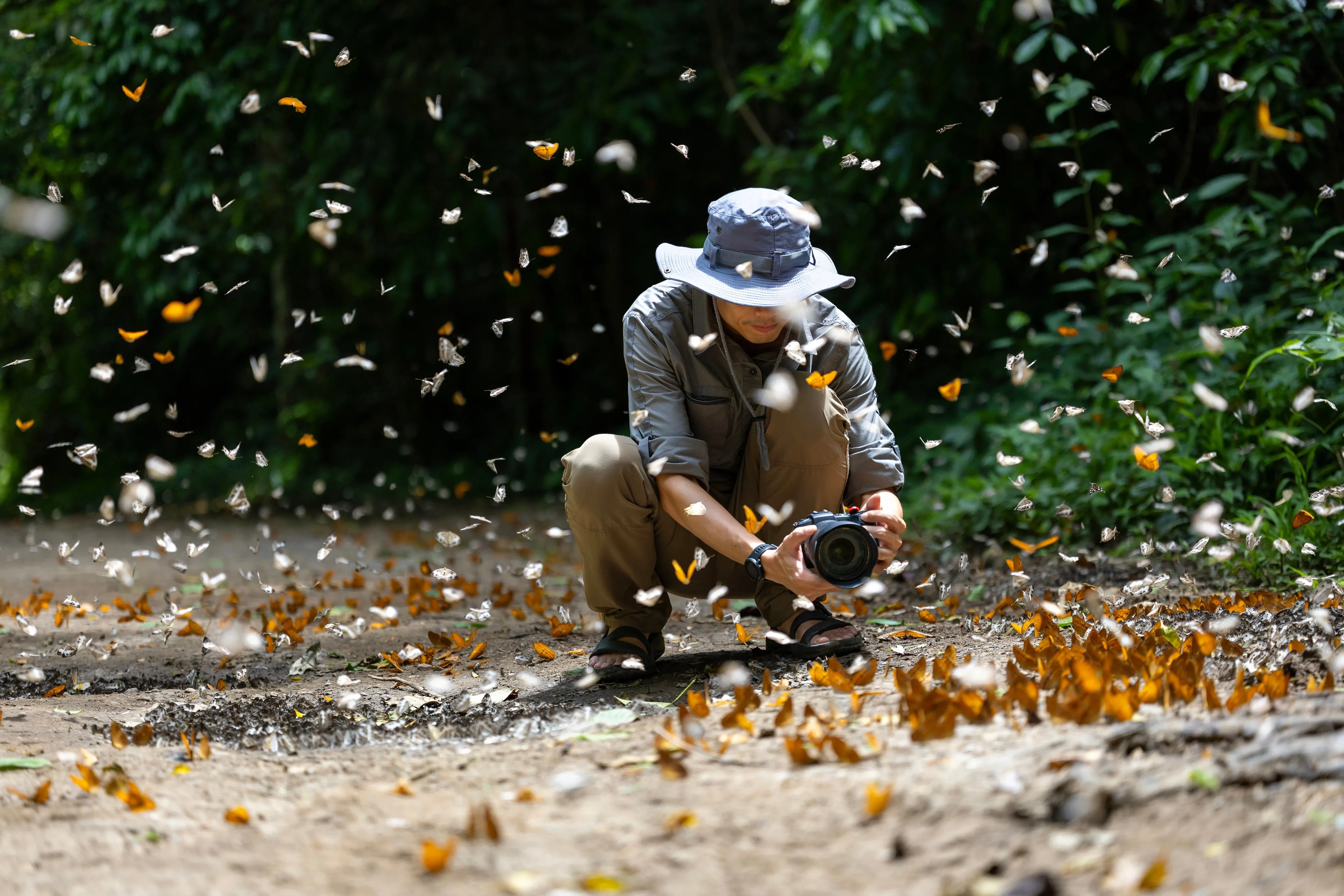
Challenging effects
- Habitat disturbance: Increased foot traffic and infrastructure development for tourism can lead to habitat destruction and fragmentation. This can disturb wildlife, degrade ecosystems, and reduce available space for species.
- Pollution: Tourism can contribute to pollution through littering, waste production, and environmental contamination. Pollution from vehicles, boats, and resorts can harm local flora and fauna and disrupt ecosystems. Additionally, noise and light pollution from tourism activities such as loud events, night-time lighting, and traffic can negatively impact natural habitats, disturb wildlife behaviour, and contaminate the night sky in sensitive areas.
- Wildlife stress: The presence of tourists can stress wildlife, leading to changes in behaviour, increased vulnerability to predators, and disruptions in breeding and feeding patterns. Frequent human interaction can alter natural behaviours and habitat use.
- Overexploitation: In some cases, tourism can lead to overexploitation of natural resources. Activities such as souvenir collection, wildlife viewing, and fishing can deplete species and disrupt ecosystems if not managed sustainably.
FAQ - Everything you want to know about biodiversity
What is biodiversity loss?
It is important to know that there are two different kind of biodiversity loss. One is the natural loss for example, seasonal changes like the arrival of spring often lead to a surge in biodiversity, as the warmer weather supports feeding and breeding, boosting the populations of many species. Conversely, as winter approaches, biodiversity typically decreases temporarily. This is due to the death of warm-adapted insects and the migration of animals to more hospitable climates. The second type is the human-induced loss of biodiversity, resulting from overpopulation and their activities.
Over 42,000 species are currently threatened with extinction according to the IUCN Red List, and more than 900 species have been confirmed extinct since 1500. Many Species are either endangered or critically endangered. Wildlife populations have, on average, declined by about 69% between 1970 and 2018, with some species experiencing even more severe reductions.
Habitat loss is widespread, with around 75% of terrestrial environments and 66% of marine environments significantly altered by human activities. Additionally, more than 60% of ecosystem services are in decline, affecting crucial functions like pollination, water purification, and climate regulation.

What are biodiversity hotspots?
Biodiversity hotspots are regions with exceptionally high levels of species diversity, particularly endemic species—those found nowhere else in the world. These areas are incredibly rich in unique plant and animal life, making them critical to global biodiversity. However, what sets biodiversity hotspots apart is that they are also under significant threat from human activities, such as deforestation, habitat destruction, and climate change.
To be classified as a biodiversity hotspot, a region must meet two criteria: it must contain at least 1,500 species of vascular plants that are endemic, and it must have lost at least 70% of its original natural habitat. These criteria highlight both the ecological importance and the vulnerability of these areas. Protecting biodiversity hotspots is crucial because they hold a disproportionate amount of the world's biodiversity in a relatively small geographic area, making conservation efforts in these regions highly impactful for preventing species extinctions and preserving global ecological balance.
Examples of biodiversity hotspots
- The Amazon rainforest: Spanning several South American countries, the Amazon is one of the most biodiverse regions on the planet. It is home to an estimated 10% of all known species, including countless plants, birds, mammals, and insects. However, deforestation and land conversion for agriculture pose significant threats.
- Madagascar and the Indian Ocean Islands: Madagascar is renowned for its unique flora and fauna, with about 90% of its wildlife being endemic. Species like the lemur and subspecies of baobab trees are found nowhere else. Unfortunately, habitat destruction and illegal wildlife trade are major concerns.
- The Western Ghats: Located in India, the Western Ghats are one of the world’s eight “hottest hotspots” of biological diversity. This mountain range is home to thousands of species of plants and animals, many of which are endemic. The area faces threats from deforestation, agriculture, and infrastructure development.
- Coral Triangle: Covering the marine areas of six countries in Southeast Asia and the Pacific, the Coral Triangle is the global centre of marine biodiversity. It harbors more species of coral and fish than anywhere else in the world. However, it is under threat from overfishing, pollution, and climate change.

Which biodiversity efforts are undertaken world wide?
Various measures are being undertaken globally to save biodiversity. These efforts involve a combination of conservation strategies, international agreements, and sustainable practices aimed at protecting ecosystems, species, and genetic diversity. Key measures include:
- Protected Areas: National Parks, Reserves, and World Heritage Sites protect critical habitats and ecosystems.
- International Agreements: Agreements like the CBD, CITES, and Paris Agreement help conserve biodiversity and mitigate environmental impacts.
- Sustainable Practices: Sustainable agriculture, forestry, and fisheries management reduce habitat destruction and protect species.
- Restoration Projects: Habitat restoration and species reintroduction efforts help recover degraded ecosystems and re-establish lost species.
- Legislation and Policies: Laws like the Endangered Species Acts and pollution control regulations protect species and maintain ecosystem health.
- Community Engagement and Education: Ecotourism and environmental education raise public awareness and support conservation efforts.
- Climate Action: Mitigating climate change through renewable energy and emission reductions helps protect habitats and biodiversity.
- Scientific Research and Monitoring: Biodiversity monitoring and citizen science initiatives track ecosystem health and guide conservation actions.
How can I engage in biodiversity projects?
There are many ways to get involved, and the type of project you choose can align with your interests, skills, and resources. Here are some common types of biodiversity projects and how you can participate:
#1 Habitat restoration: This involves restoring degraded or destroyed habitats to their natural state. Projects can include reforestation, coral reef restoration, wetland restoration, beach clean ups or creating wildlife corridors.
#2 Species conservation: These projects focus on protecting endangered or threatened species through measures such as sanctuaries, habitat protection, and anti-poaching efforts.
#3 Research and Monitoring: Research projects often involve studying ecosystems, species behavior, and environmental changes. Monitoring projects track biodiversity metrics and health over time.
#4 Community-based conservation: These projects involve local communities in conservation efforts to ensure that they benefit from and are invested in protecting biodiversity.
#5 Education and Advocacy: These projects focus on raising awareness about biodiversity issues and advocating for policies that protect natural environments and species.

Getting Started:
- Volunteer: Many organizations offer volunteer opportunities in various types of biodiversity projects. Look for local communities, NGO’s or global environmental groups that match your values and interests.
- Join citizen science projects: Participate in projects that involve data collection and monitoring, such as tracking bird migrations or documenting plant species with Apps or computer data systems such as iNaturalist or eBird.
- Advocate: Use your voice to support conservation policies and raise awareness about biodiversity issues in your community.
- Educate yourself and others: Stay informed about biodiversity issues and share your knowledge with others to help spread awareness and inspire action.
By choosing a type of project that resonates with you, you can make a meaningful contribution to preserving and enhancing biodiversity.
Where can I participate in biodiversity projects?
You can participate in biodiversity projects through various international and local organizations across the world or within your home town.
These projects encompass a range of activities, such as reforestation in tropical rainforests, monitoring endangered species in different regions, assisting with species surveys, and restoring critical habitats like rivers and deltas, mangroves, kelp forests, and coral reefs. Opportunities also exist for engaging in conservation research including monitoring or assisting with surveys, wildlife rescue and rehabilitation, and community-based environmental education.
Whether you're interested in hands-on fieldwork, data collection, or supporting conservation efforts through advocacy, there's likely a project that matches your interests and skills.
Five reasons to engage in biodiversity projects
- #1 Ecosystem health and stability: Biodiversity projects help maintain healthy ecosystems by preserving a wide variety of species and habitats. This diversity ensures that ecosystems can function properly, providing essential services like pollination, water purification, and climate regulation.
- #2 Resilience to change: Diverse ecosystems are more resilient to disturbances, such as climate change, diseases, and natural disasters. By supporting biodiversity, you help ecosystems adapt to and recover from these changes more effectively.
- #3 Economic benefits: Many industries, including agriculture, pharmaceuticals, and tourism, rely on biodiversity. Protecting and restoring ecosystems can boost local economies by sustaining resources, creating jobs, and promoting eco-tourism.
- #4 Cultural and aesthetic Value: Biodiversity enriches cultural practices and enhances the beauty of natural landscapes. Many cultures have deep connections to their local flora and fauna, and protecting these species helps preserve cultural heritage and provides recreational opportunities.
- #5 Scientific and educational opportunities: Biodiversity projects offer valuable opportunities for scientific research and education. Studying diverse species and ecosystems can lead to new discoveries, innovative solutions to environmental problems, and increased public awareness and understanding of ecological issues.
Source references:
Britannica
National Geographic
Sign up for the newsletter
By clicking on “Subscribe now” I will subscribe to the Conscious Explorer newsletter with all the information about mindful travel. Information on the success measurement included in the consent, the use of the shipping service provider MailChimp, logging of the registration and your rights of revocation can be found in our privacy policy.
